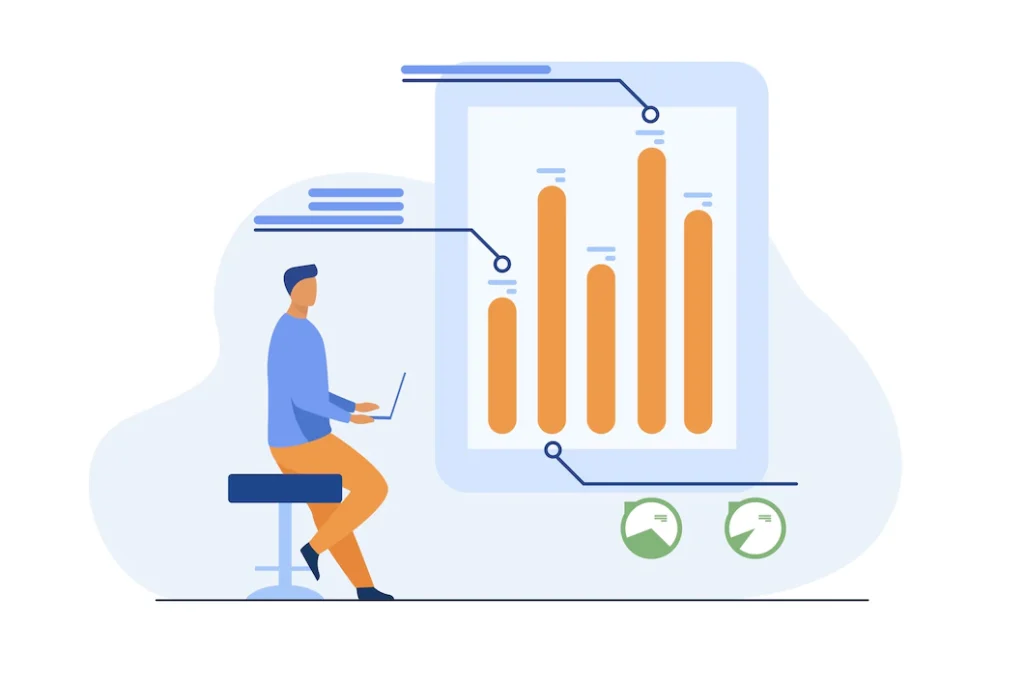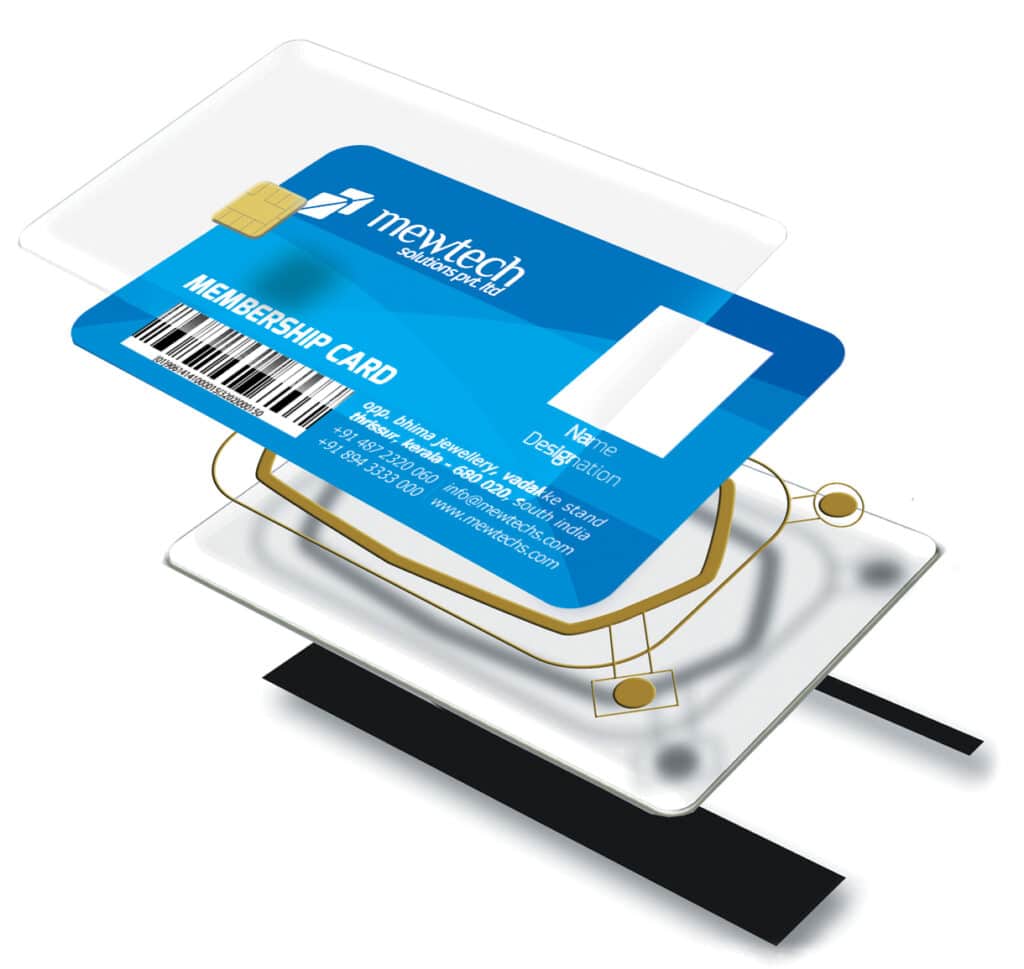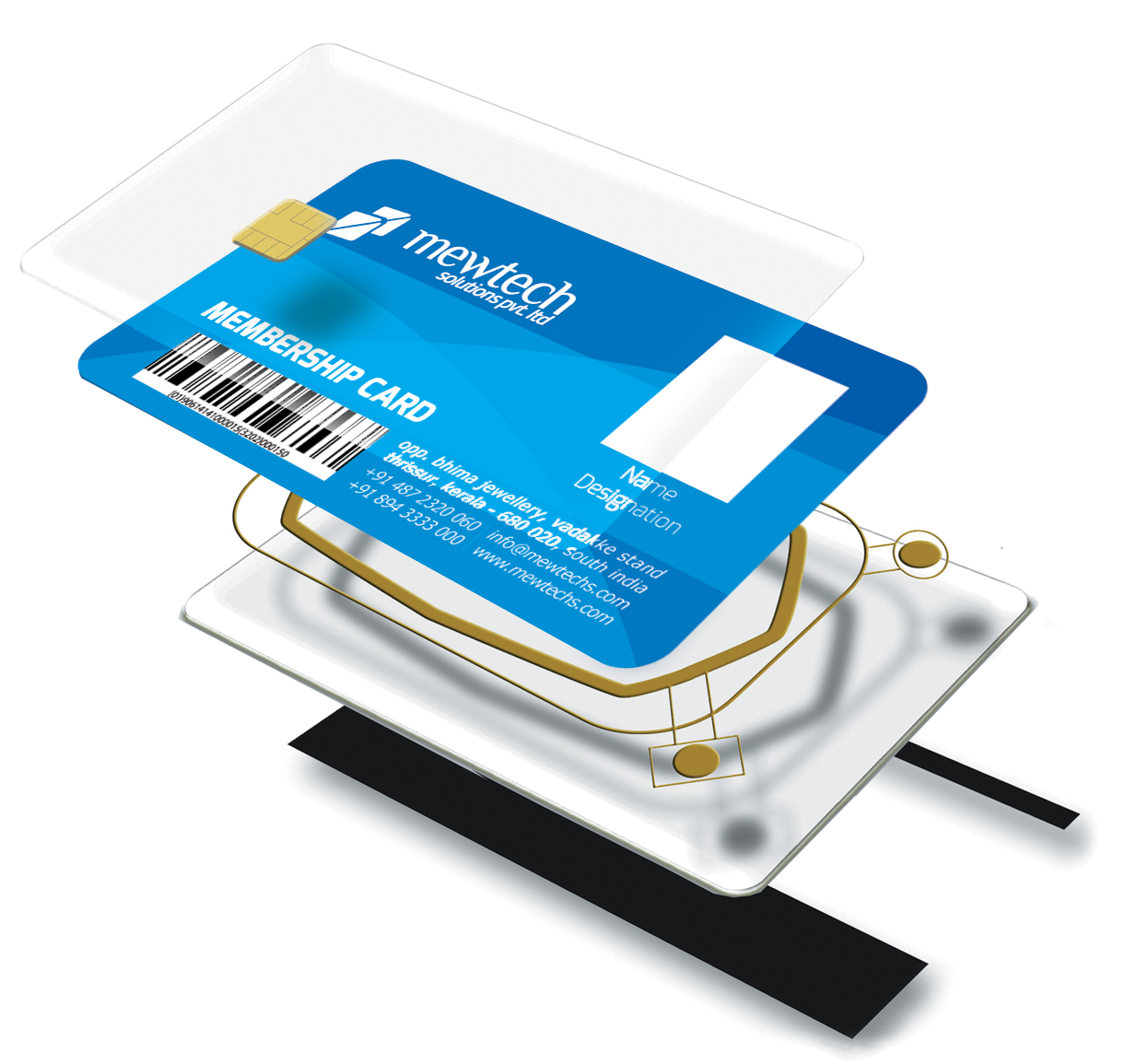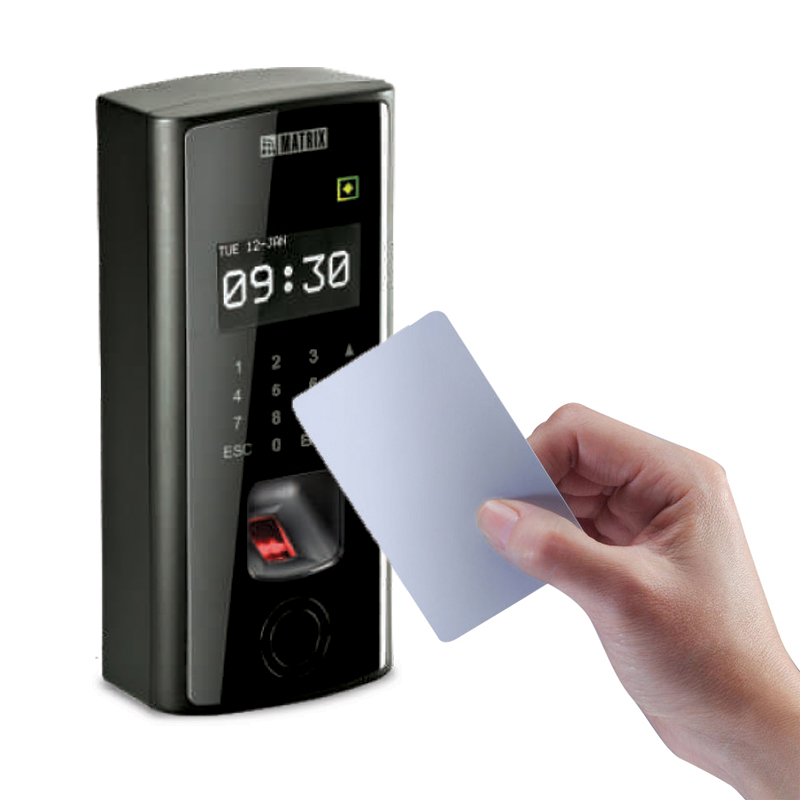Automatic Identification and Data Capture (AIDC)
At Mewtech, we are proud to offer a range of AIDC (automatic identification and data capture) solutions to help businesses improve efficiency and streamline their operations. Our AIDC solutions include barcode scanners, RFID readers, and mobile computers, all of which are designed to accurately and efficiently capture data from a variety of sources. Whether you need to track inventory, process transactions, or manage assets, our AIDC solutions have the tools and capabilities you need to succeed. With our expertise and support, you can confidently implement AIDC technology in your business, improving efficiency and productivity in the process.


Smart Card
Smart cards are a versatile and secure technology that can be used in a variety of applications. At Mewtech, we offer a range of smart card solutions to help businesses and organizations improve security, streamline processes, and enhance convenience. Our smart card solutions include everything from card issuance and personalization to readers and terminals, allowing you to fully leverage the benefits of smart card technology. Whether you need to secure physical access, manage employee or student identification, or process transactions, our smart card solutions have the features and capabilities you need. With Mewtech, you can confidently implement smart card technology in your business, improving security and efficiency in the process.
WHAT IS AIDC
Automatic Identification and Data Capture (AIDC) are the terms used to describe direct entry of data into a computer system without using a keyboard. AIDC technologies provide a reliable means not only to identify but also to track items.
AIDC includes a number of technologies which provide different solutions to data collection problems. These include: Radio Frequency Identification (RFID) and Data Communications, Bar Code, Magnetic Stripe, Biometrics, as well as others. Each of the AIDC technologies has specific advantages and features which make it better suited for some applications than others. AIDC technologies eliminate two error-prone and time-consuming activities: manual data collection and data entry. While companies frequently adopt AIDC for speed and economy, in retrospect they often cite accuracy as the biggest benefit. For all practical purposes, properly designed AIDC systems don't make mistakes, whereas with manual data entry there will inevitably be some data entry errors. AIDC bypasses these two steps, providing a quick, accurate, and cost-effective way to collect and enter data.
With decreasing staffs and increasing workloads, your company barely has enough time to do a job once. With increased competition and shrinking profit margins, you also can't afford to alienate a key customer by reporting inaccurate information. By incorporating AIDC into your business, you can help keep costs under control while tracking more details, optimizing your processes, and becoming more competitive.
WHY AIDC?
Because of the diversity of solutions offered by AIDC technologies, there is no "best" technology. The "best" technology for product identification in one application may not be the "best" technology in another. The following sections highlight the advantages, features and typical applications of each of the AIDC technologies. Matching these capabilities to your data collection needs is really the only way to choose the "best" technology. And your challenge may require grouping several technologies together to meet objectives.
BENEFITS OF AIDC
AIDC can often allow you to handle a greater volume of goods and enhance the efficiency with which the goods are handled.
AIDC can often allow increased throughput with savings in time and without an increase in staffing.
AIDC may help you to carry less stock, and therefore require less space for storage. AIDC may also allow better organization of stock and more efficient handling.
AIDC may help you to reduce personnel for manual data entry and handling of goods, freeing them to be gainfully employed elsewhere.
AIDC invariably provide scope for reducing errors in data or information handling.
AIDC can often provide scope for improving access control, and reduce losses due to theft and proof of delivery.
AIDC can often provide the basis for better management of transportation and distribution through better data handling.
AIDC can offer the possibility to sort goods automatically and avoid bottlenecks and stockpiling.
SMART CARDS, PROXIMITY CARDS & ID CARD PRINTER
mewtech help you find the right solution for Smart ID card, Proximity card, Loyalty card & ID card Printer for your organization and on budget. In marketing generally and in retailing more specifically, issuing a loyalty card, rewards card, points card, advantage card, or club card is marketing tool for rewarding current customers and attracting new ones. We offer the best cards and ID card Printer at a very competitive price.
A smart card, chip card, or integrated circuit card (ICC) is any pocket-sized card with embedded integrated circuits. Smart cards can provide identification, authentication, data storage and application processing. Smart cards may provide strong security authentication for single sign-on (SSO) within large organizations.
Contactless smart cards that do not require physical contact between card and reader are becoming increasingly popular for payment and ticketing applications such as mass transit and motorway tolls. Smart cards are also being introduced in personal identification and entitlement schemes at regional, national, and international levels. Citizen cards, drivers’ licenses, and patient card schemes are appearing.
ATTRIBUTES
- Growth area of AIDC technologies
- Growing and fairly substantial support base for applications
- Read/write and processing technology
- Contact or close proximity (contactless cards) read capability
- Medium to reasonably high data storage capabilities
- Relatively low cost cards and read technology
- Enhanced security capabilities over other card-based technologies, offering selective access to data and areas of read-only data.
- Encryption is used to further enhance security.
SMART CARD APPLICATIONS
A smart card does not perform any amazing tasks. A smart card, however, can perform all the transactions that are now carried out by magnetic stripe card or a plastic card plus many other computing tasks. A smart card can also store information in a secure format.
Consider a few scenarios where we use plastic cards these days :
- Loyalty Programs.
- To identify us.
- Conventional Telephony.
- Access Control.
- As credit cards.
- To obtain cash from the banks.
ACROSS THE WORLD TODAY, SMART CARDS ARE USED IN :
- Banking (e.g. debit/credit transactions).
- Retail (e.g. loyalty schemes, electronic cash, frequent flyer points).
- Telecommunications (e.g. SIM cards).
- Security (e.g. access control).
- Health (e.g. patient records, pharmaceuticals).
- Transport (e.g. road tolls, parking fees, bus fees).
- Satellite TV.
- Government identification (e.g. Passports, Border Security Cards ).
Smart cards can be used along with a smart-card reader attachment to a personal computer to authenticate a user. Web browsers also can use smart card technology to supplement Secure Sockets Layer (SSL) for improved security of Internet transactions. Visa's Smart Card FAQ shows how online purchases work using a smart card and a PC equipped with a smart-card reader. Smart-card readers can also be found in mobile phones and vending machines.
SMART CARDS CONTAIN UNIQUE FEATURES.
- Chip is tamper-resistant.
- Information stored on the card can be PIN protected and/or read-write protected.
- It is Capable of performing data encryption store keys, e.g., authentication, file encryption.
- Smart Cards are Capable of processing (not just storing) information.
- You can update Post-issuance of information and application.
- With Restricted API A smartcard exports a minimal set of interfaces to avoid exporting flawed interfaces that lead to vulnerabilities.
- Mobility A user can carry a Smartcard, physically separating it from the outside world.
Based on numbers, pre-paid telephone cards seem to be the most common smart card application. Often such applications are reloadable. Value can be added to a card by paying the dealer. This ensures repeated usage of the smart card. Along with conventional telephony, cellular phones also use smart cards. The SIM card that is inserted into a cellular handset is nothing but a smart card.
The advent of smart cards has allowed banks to replace their current cards [ATM, Debit, Credit Account, Travel and Entertainment Cards] with one card. Smart cards are also being used in quite a few countries as electronic purses. Along with banks, many retailers have started using smart cards as Loyalty Cards.
Health care is another sector where smart cards are making their mark. Versichertenkarte in Germany and Sesam Vitale in France are examples of schemes using Smart Cards in health insurance schemes. Over 80 million such cards have been issued.
Smart cards are currently being used for fast ticketing in public transport, parking and road tolling in many countries. South Korea issued 1.5 million cards for public transport and is the largest user of smart cards in public transport. In India, Indian Railways Delhi Metro is also using smart cards with currency loaded for ticketing purposes.
Many universities and schools are using smart cards for ID purposes. Vishveshwarya Institute of Technology (VTU) and Rajiv Gandhi University of Health Sciences (RGUHS) These ID cards can also be used at the library, canteen, vending machines and other services on the campus.
LOYALTY CARD
BENEFITS FOR CUSTOMERS USING LOYALTY CARD
- Saving Money / Make Money
- Convenience Factor – Ease of Payment (Speed and Simplicity)
- Special Offers / Discounts for Card Holders
- Feeling Of Belonging and Membership
- Possibility of Receiving other Financial Services
- Member Magazines etc
BENEFITS FOR COMPANY
- Identification of Customers (enabling deeper relationship marketing)
- Reason for More Contact with Customer
- Identification of Customer Behavior – who buys what, when, where how much, how, etc. + Identification of Trends.
- Customer Tie-In
- Increased Sales Volume / Turnover
- Damage to Competitors (if successful and especially if rewards based on minimum requirements, e.g. air miles)
- Cross Marketing Opportunities (eg. Financial Services)
- Customer Satisfaction
- Word of Mouth if it is a good deal
- Differentiation / More Appropriate To Those Who Want It
- May Hide Real Prices & Therefore Enable Higher Prices
- Perhaps New Customers
- Possibility To Sell Customer Data (in certain circumstances)



